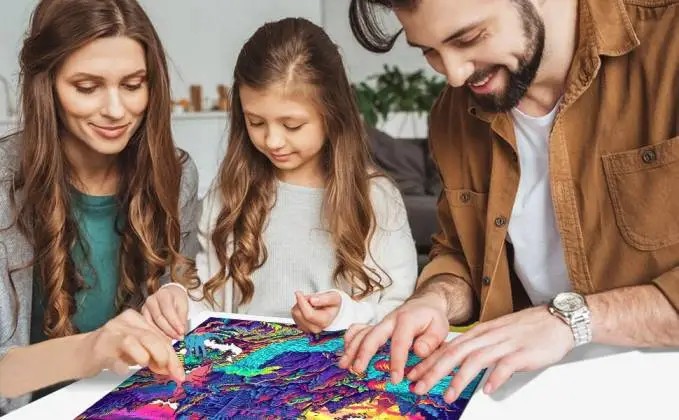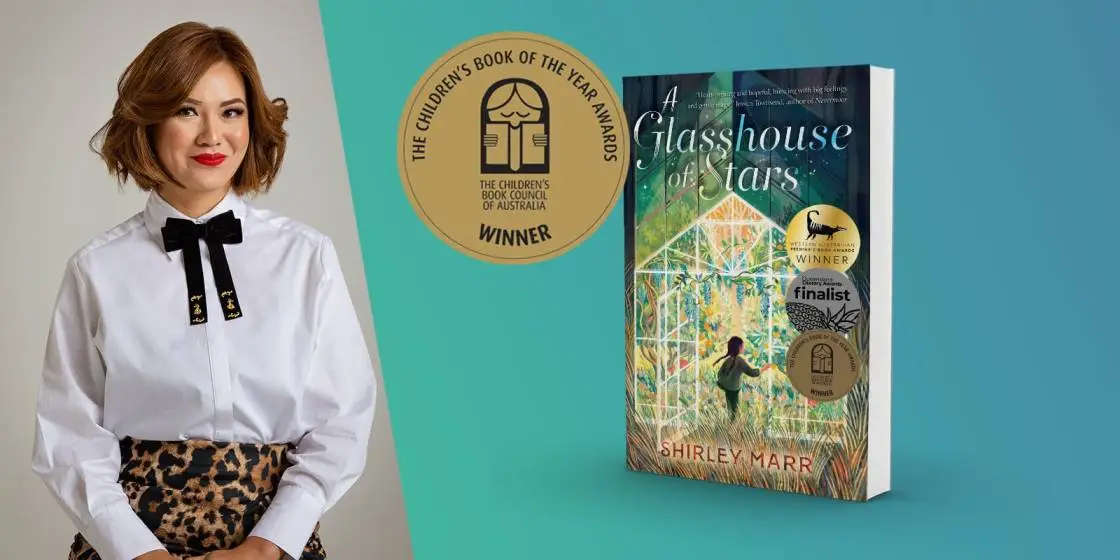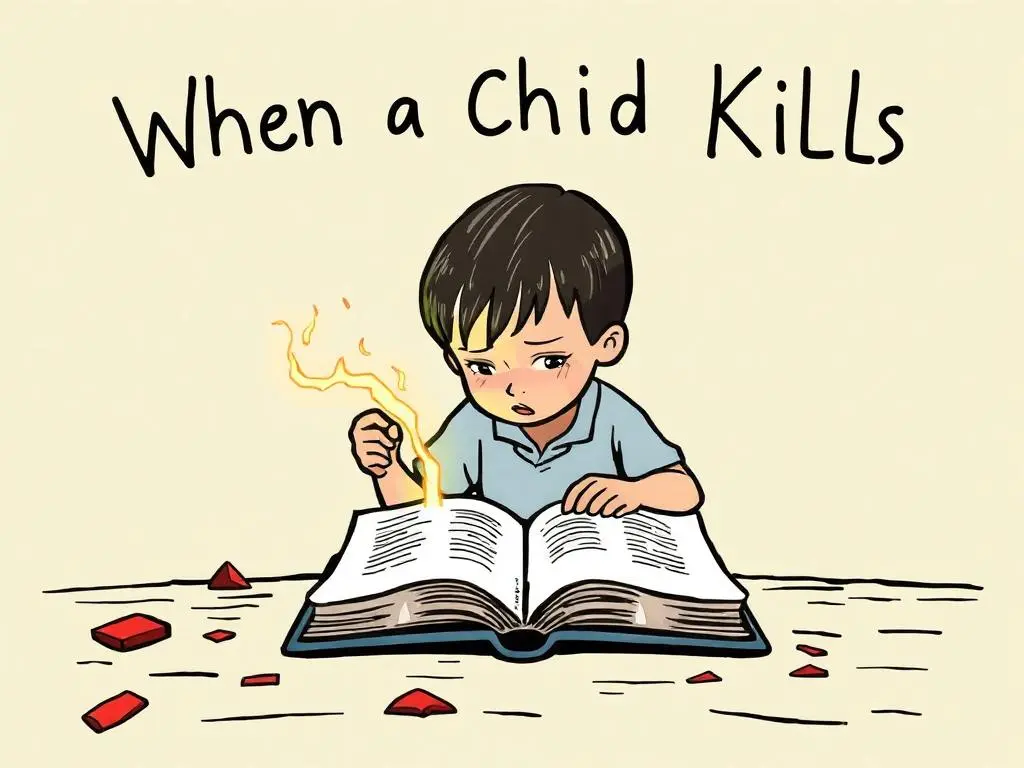Carnival Performer, Newly Separated; Attachment Issues

In the tradition of Ransom Riggs’s “Miss Peregrine’s Home for Peculiar Children” and Katherine Dunn’s “Geek Love,” Lisa Brown’s THE PHANTOM TWIN (First Second, 208 pp., $17.99; ages 12 to 16) explores the behind-the-scenes lives of performers in an old-timey circus sideshow, tapping into our fascination — and on some level identification — with these obvious “outsiders.”
Jane and Isabel (often referred to as one person, Jan-Iss) are conjoined twins who make their living on display. Despite being close, in all senses of the word, their personalities are not always in sync.
Nor are their wishes. Jane is more independent, and longs to be parted from her sister. When an opportunistic doctor proposes surgery, Jane dreams of marriage. But the procedure goes awry, leaving Isabel (or Issy, as Jane calls her) grief-stricken and altered.
As Issy’s world expands beyond her sideshow family — though she continues to feel Jane’s presence, as the novel’s title suggests — she must decide, on her own, whom to trust.
It’s a classic journey of independence that will ring true for anyone who has experienced the pang of cut ties — figuratively or, in Issy’s case, literally.
Many see graphic novels as vehicles for film — storyboards that wind up as costumed action sequences. Others consider them illustrated prose. But they’re most successful when the story innately suits the medium, when it could not possibly be improved by telling it via plain text or film.
“The Phantom Twin,” Brown’s first long-form graphic novel, is one of those successes. It uses the comics language we know and love — a dotted line to indicate something quiet or faded, a lack of color to suggest something apart from reality — to bring us the kind of story for which the medium was made.
Cleverly differentiated dialogue — from the playful serif fonts of regular speech to italicized ghost whispers and chunky hand-lettered shouts — allows us to make space visually for individual voices. Integrated with artwork reminiscent of boardwalk posters and sideshow advertisements, the characters’ thoughts and spoken words truly inhabit this colorful world of the midway.
Brown is known for picture books and illustrations that skew wonderfully weird, such as the irreverent satire series “Baby Be of Use,” which instructs idle infants on how to fix a car or mix a drink. Her most recent book, “Long Story Short,” is a collection of three-panel comics that slyly condense hefty works of literature. She is also renowned for collaborations such as “Goldfish Ghost” with her husband, Daniel Handler (a.k.a. Lemony Snicket).
Conjoined siblings make tangible a familial bond that sometimes restricts. But the subject is also a delicate one.
Circus performers with physical differences have been exploited throughout history. Brown addresses this in her author’s note, which expands on the checkered past of sideshows and names some of the flesh-and-blood figures from whom she drew inspiration.
“The Phantom Twin” portrays carnival life with sensitivity. Brown’s characters tussle over conflicted feelings about the sideshow’s exploitation of their unique attributes versus the home and sense of community they’ve found in it with one another. And they remind us that appearances can be deceiving.
“Harold the Wild Boy,” billed as a jungle savage, is in truth a sweethearted scholar. “The Bearded Lady” is “all hair and makeup.” The girl known as “China Teacup” is Japanese, “from San Francisco.” The doctor, while undeniably a villain, is crushed by the burden of his guilt.
Issy, alone (for the most part) at the age of 16, continues to hear her phantom sister’s voice.
In our socially isolated times, her story reminds us that physical limitations can be overcome and physical bonds aren’t always the most lasting ones.




